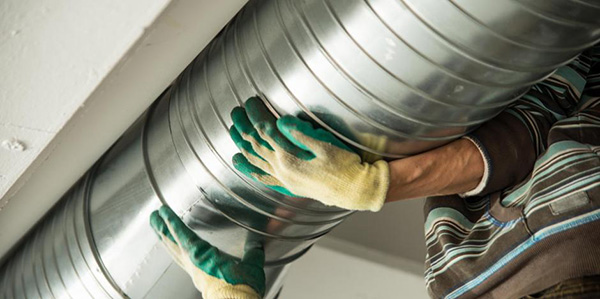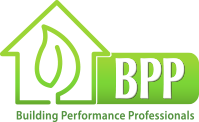Duct Sealing

Your Ducts Could Be Costing You More Than You Think
Among energy-saving options, air duct sealing offers many benefits for a relatively low investment. According to the Department of Energy, duct sealing can provide as much as 20% in heating and cooling savings. There are many other advantages to duct sealing that improve your home’s performance and comfort.
Duct Seal for More Energy-Efficient HVAC Systems
Even the most energy-efficient heating and air conditioning units have to work harder with a leaky duct system. Tiny leaks and gaps in the ductwork rob heating and cooling from living areas in your home. As a result, some rooms may feel too hot or too cold, while your HVAC system is working overtime to make up the lost air.
Leaky Ducts Affect Indoor Air Quality
Ductwork that is not well sealed can also allow contaminants to infiltrate into the ducts, where they are circulated throughout your home. Some of these contaminants can include:
- Dust and other allergens.
- Combustion gases from furnaces.
- Fumes from household products.
All these contaminants can affect the quality of your indoor air, and may cause discomfort for family members with respiratory issues. Some indoor pollutants, like carbon monoxide, can be deadly if not addressed and mitigated.
Identifying Duct Leaks in Your Bay Area Home
BPP has several methods to identify where duct leaks occur in your home. As part of our home energy audits, we use several tools, including:
- Blower door test that uses a powerful fan can measure air flow through heating and cooling ducts.
- Duct blaster, a small, powerful fan that connects to the duct system directly to measure airflow in all parts of the system and find areas that need sealing.
- Smoke sticks can sometimes be used to track where air is flowing to make sure that the ducts are connected correctly.
How We Seal Ducts
The technicians at BPP use several ways to seal ducts, all specified by home performance standards provided by the Building Performance Institute, a leader in home performance assessment and training. Four components are used in duct sealing:
- Mastic, a type of caulking substance used because it adheres to sheet metal used in ductwork
- Taping, using approved tape with the right level of adhesive power — so-called “duct” or “duck” tape is not strong enough for duct sealing
- Band ties are used to hold duct work together. We use special mechanical tools to achieve high tension on these plastic band ties so that duct leakage is minimized at duct joints
- Insulation is the final step after sealing. We wrap insulation around accessible ductwork so that air temperatures are maintained throughout the system.
Duct sealing is one easy way to save money and energy with a quick return on investment. In addition, California and some utilities offer incentives and rebates that can cover a good portion of the testing, sealing and insulation costs.
Schedule an Energy Audit Today
Contact BPP to schedule a home performance audit to see how we can improve your home’s efficiency and comfort. Call us at (925) 256-1092 or submit our online contact form today.






